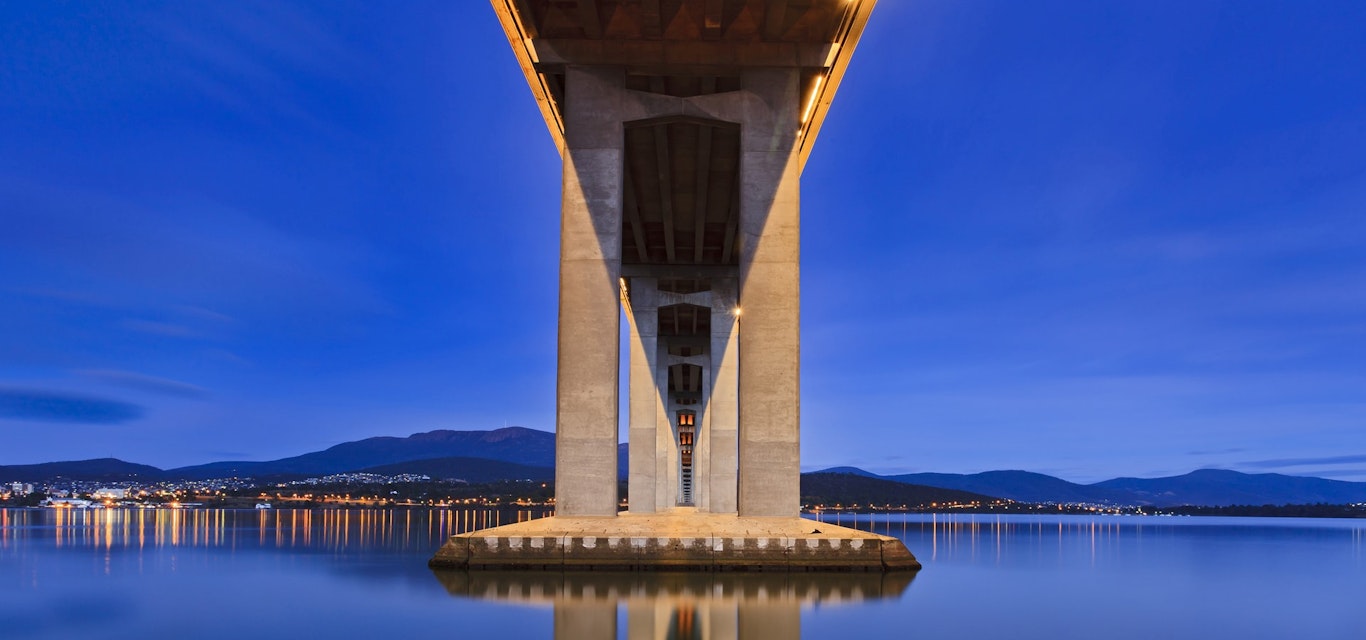Tasman Bridge incident shows need for cross-river congestion plan
Published | 17 January 2023
Hours of gridlock on Hobart roads yesterday highlights the need for a strategy to manage traffic when work begins on the $65 million project to upgrade the Tasman Bridge.
The Tasman Bridge’s first major upgrade since 1975 is set to start in the middle of this year with both the Australian and Tasmanian governments committing $65 million to provide increased safety, and improved connections between the eastern and western shores.
Our Chief Advocacy Officer, Garry Bailey, said the Tasman Bridge is a key transport link for Hobart and the rapid traffic congestion that followed after yesterday's truck rollover highlights the need for a strategy to manage any disruption during the project.
“We support the planned upgrades as the project will deliver safer pathways for cyclists and pedestrians; bridge strengthening; and a new management system for lane control during peak hours, all supporting our key priority of getting Tasmanians home safely,” Mr Bailey said.
“This development is of a large scale and complexity which will have some impact on traffic flow as well as cycling and pedestrian connections”.
We see this as an opportunity to encourage bus and ferry use during construction.
The pathways upgrade is planned to take two years to build and install and is set to be completed in late-2025.
Mr Bailey said alternative modes of transport are increasing in demand as we move towards integrating the city with other travel options.
“Although the truck rollover is a rare incident, it does highlight the need to keep working on alternative modes of transport as a way of reducing congestion.
“The extra ferry services brought on was an excellent response by the operator to meeting the massive demand at very short notice as a result of yesterday’s incident.
“Expanded ferry services to Lindisfarne should be one of the strategies in dealing with any disruption during the Tasman Bridge project – not just to provide a transport alternative during that period but to show just how efficient the service can be for commuters.
“Encouraging a switch to other transport modes, including buses and ferries, is a key element in our 30 Mobility Vision for Greater Hobart.
“Just a small change in travel modes and work patterns can reduce congestion and help the State Government and the Greater Hobart councils better manage the projected population growth over the next decade.”
